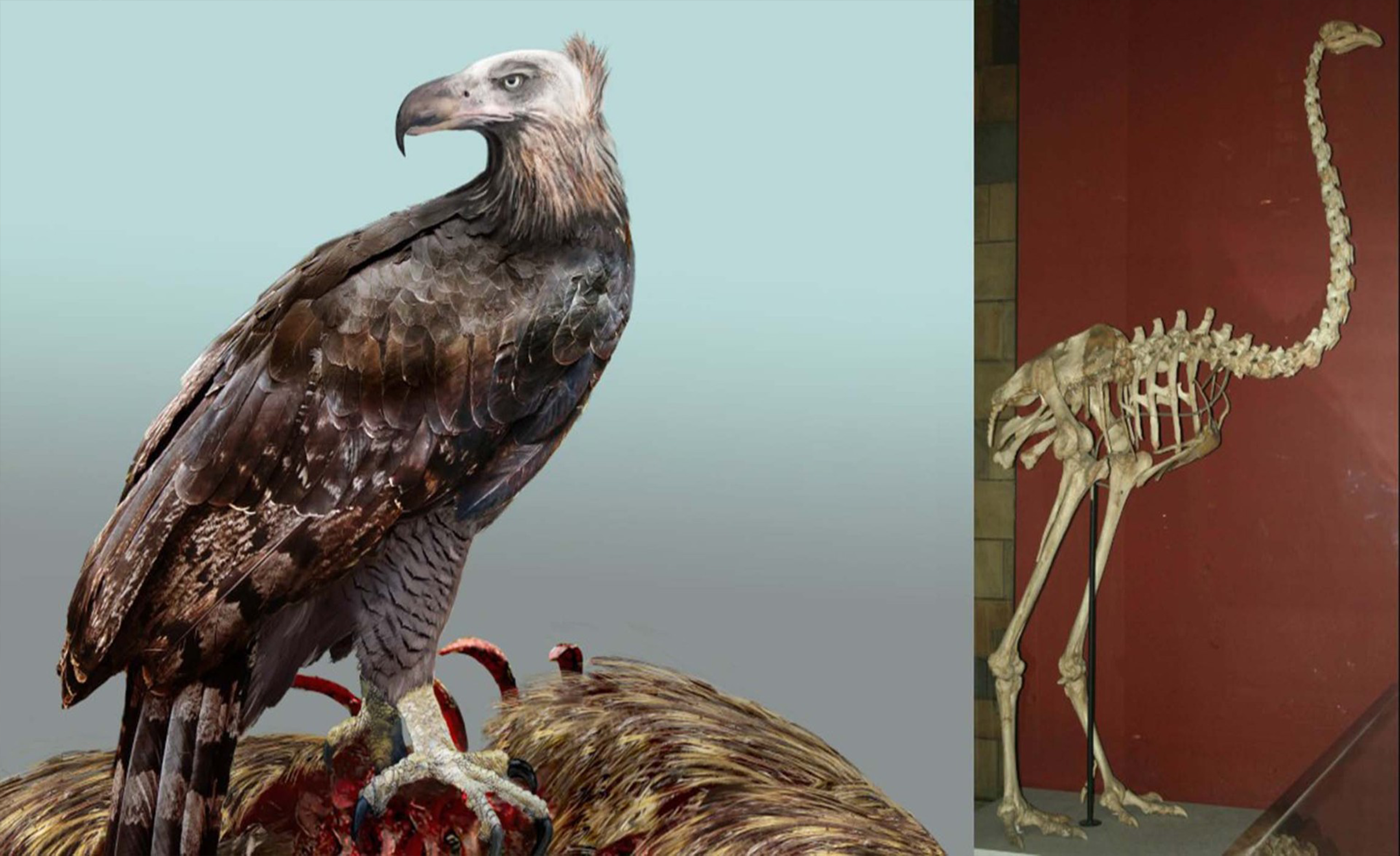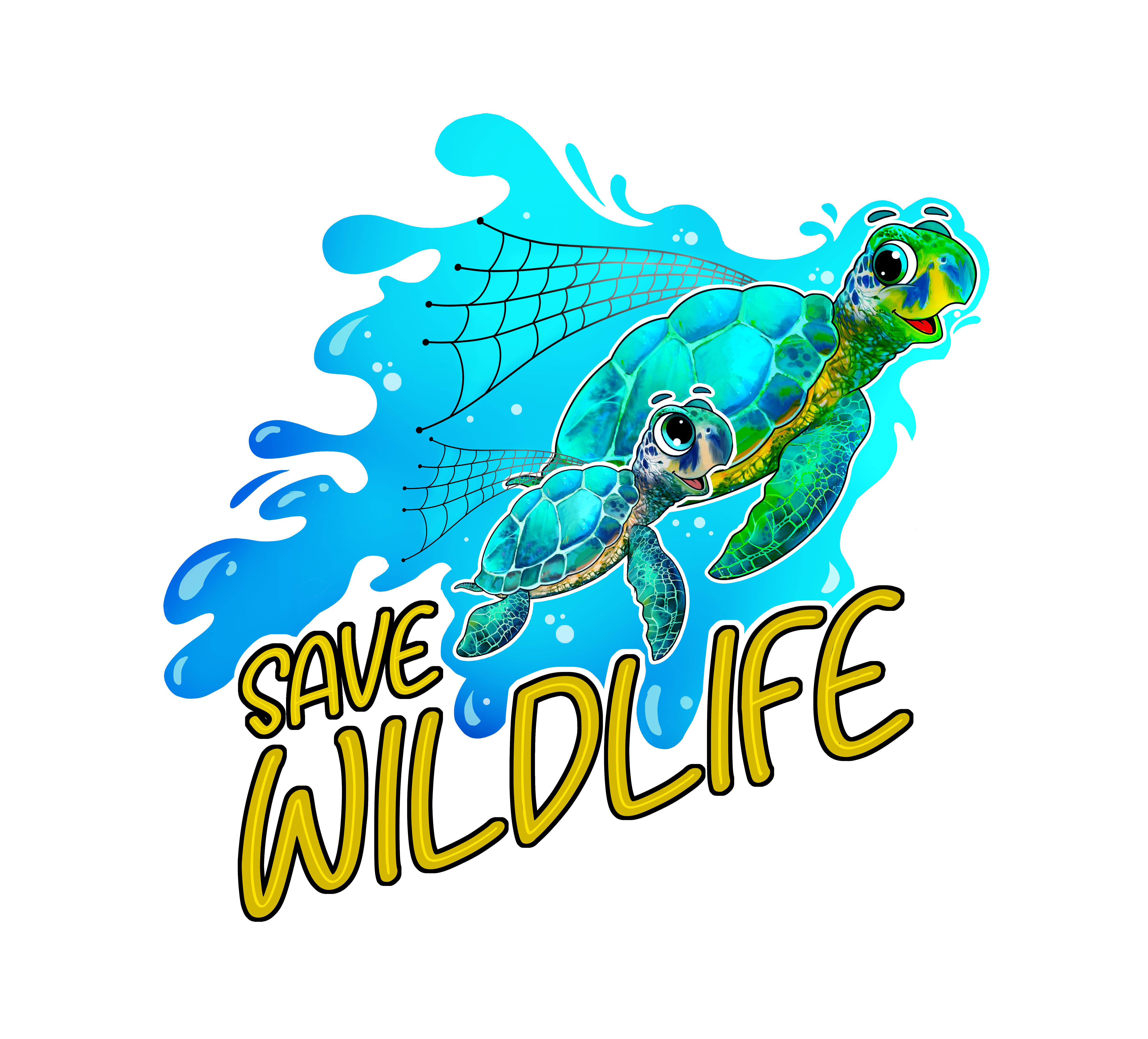
What the Extinction of Haast’s Eagle Teaches Us About Wildlife Conservation?
Wildlife conservation is more than a global imperative—it is also a moral imperative! The story of the Haast’s Eagle (Hieraaetus moorei), the largest eagle known to have existed, reminds us of how fast species can become extinct, and how important it is to act before it is too late. Once it sailed through the skies of New Zealand, less than 600 years ago, this species of predator was wiped from the earth. This species extinction gives us reasons for how we can prevent today’s endangered species from going extinct in the same way, and reminds us why we need to protect wildlife for generations to come.
Table of Contents
The Rise and Fall of Haast’s Eagle
Once a giant, the Haast’s Eagle had wingspans reaching almost 3 meters in circumference and its talons could catch prey that weighed more than the eagle itself. For millennia, it was the king of New Zealand’s ecosystems, balancing its diet primarily on flightless birds that included the moa. Once humans started exploring New Zealand, collecting the moas for food, the eagle lost its food source due to extinction. In this case, it took only a short time; the eagle got lost as well.
The destruction of the Haast’s Eagle is a representative but potentially exaggerated story of how fragile ecosystems exist and how the actions of humans can cause a ripple effect. The loss of the Haast’s Eagle is not just a story of losing an eagle species; it is a message of how quickly an endangered species can be lost if we ignore their habitat and food sources.
Why Haast’s Eagle Still Mattered?
The story of a lost giant eagle continues to stand forcefully for wildlife conservation. If we can tell the story of how fast it disappeared, then we will be educating people on animal extinction awareness for other species at risk today. Be it large predators such as tigers and snow leopards or small, almost unknown creatures like amphibians and insect species, every animal has an intrinsic value towards balancing ecosystems.
From the extinction of Haast’s Eagle, we learn that:
- The protection of predatory species is equally important as protecting prey species.
- Habitat destruction can lead to secondary extinctions.
- Together, human activities speed up natural decline.
These lessons caught the message of why we must help to save wildlife before it’s too late.
The Ripple Effect of Extinction
When a predator like Haast’s Eagle disappears, the whole ecosystem shifts. Predators help to keep prey populations in check of overeating, allowing vegetation to thrive. Without animals in balance, many species can struggle.
Today’s endangered species are dealing with the same risks. For example:
- Elephants keep forest ecosystems together as they disperse seeds.
- Wolves keep deer populations in check for vegetation preservation.
- Sharks keep the marine ecosystems balanced by making sure that prey species do not overpopulate the ecosystem.
This Haast’s Eagle story shows exactly how one loss can lead to other ecosystem losses – “if one more species is lost, which will be next?” This is the value of taking food web action steps in wildlife conservation is necessary; not just for animals but for our planet.
Human Responsibility in Conservation
The extinction of Haast’s Eagle was primarily a result of people. As quickly as the moa disappeared, the eagle simply could not survive. We are still very much in the same situation as was Haast’s Eagle; we need to worry about people doing overhunting, deforestation and climate change.
To really protect wildlife and the environment, we can take action now:
Advocating for tighter anti-poaching lawsPreserve our forests, wetlands and coral reefsIf we can, try and reduce pollution affecting our land and marine speciesEducate people in our communities on animal extinction awareness
Haast’s Eagle is gone – but it is up to us to make sure we live our best legacy for future generations.

Lessons for Modern Wildlife Conservation
The tale of Haast’s Eagle is much more than history—it is a reflection of our present. Many endangered species today face the same challenges of habitat loss and a lack of food. Tigers, rhinos, orangutans, and many others are now following in the same perilous footsteps.
Learning from history means we should do something while a species is still living; assessment, evaluation, monitoring, and planning before it’s too late. The value of wildlife conservation is not to be reactive but to ensure that no animal has to reach a resisted point. Haast’s Eagle warns us that we can lose the great ones, but we have the opportunity to prevent further losses if we choose to think of all life as worthy of some value.
Building Awareness and Inspiring Action
Campaigns to promote animal extinction awareness play an important role in promoting awareness of the everyday choices people make. Small changes and last little differences; reduce single-use plastics, support eco-friendly brands or choose to work with conservation nonprofits.
If communities can come together, they can help save wildlife and can still fight back. Whether it’s supporting the nesting grounds of sea turtles or preserving forest corridors for leopards, the message is clear: we all have a role to play in biodiversity conservation.
Last Words of Encouragement
The Haast’s Eagle may never fly again, but its story does not represent hopelessness; but represents responsible stewardship. We can let its memory be a lesson that galvanizes action and emboldens wildlife conservation. Because every action we take, from what we consume to how we support conservation organizations, can be an effort to protect the future of our planet.
When we protect wildlife, we also protect ourselves. Healthy ecosystems clean our air, cultivate our soils and grow our oceans. By learning the lessons of the Haast’s Eagle, we can ensure that we do not experience further tragedies of ignorance.
Let the silence of this magnificent bird send a message: there is still time for all of us to take action and attempt to end the extinction of animals; we can build a better future for the living beings of the planet by raising animal extinction awareness and working together to help save wildlife.
FAQs
Q1: Why did Haast’s Eagle become extinct?
Haast’s eagle, first discovered in the 1860s, became extinct chiefly from the loss of its primary prey; the moa which was hunted to extinction by humans. Without its primary prey source, the eagle could not survive.
Q2: What is important about Haast’s Eagle for lessons regarding conservation?
The extinction of Haast’s eagle shows that even predators can be wiped out indirectly by humans without hunting them directly. We can understand this lesson as why it is important to think about holistic wildlife conservation and not just focus on predatory animals or prey species
Q3: How does the extinction of Haast’s Eagle relate to other endangered species today?
Many at-risk species are similarly facing massive habitat loss or human impacts on their habitat. The lesson of Haast’s Eagle reminds us that urgent action is required now to protect wildlife before it is too late.
Q4: What can people do to help save wildlife?
Individuals can support conservation organizations, reduce of single-use plastic, volunteer for a local conservation organization, and raise animal extinction awareness in their community.
Q5: Which animals today are at the greatest risk of extinction?
Animals such as the Amur leopard, vaquita sea lion, and orangutan are just a few examples of critically endangered species for which conservation action is needed to prevent their extinction.
